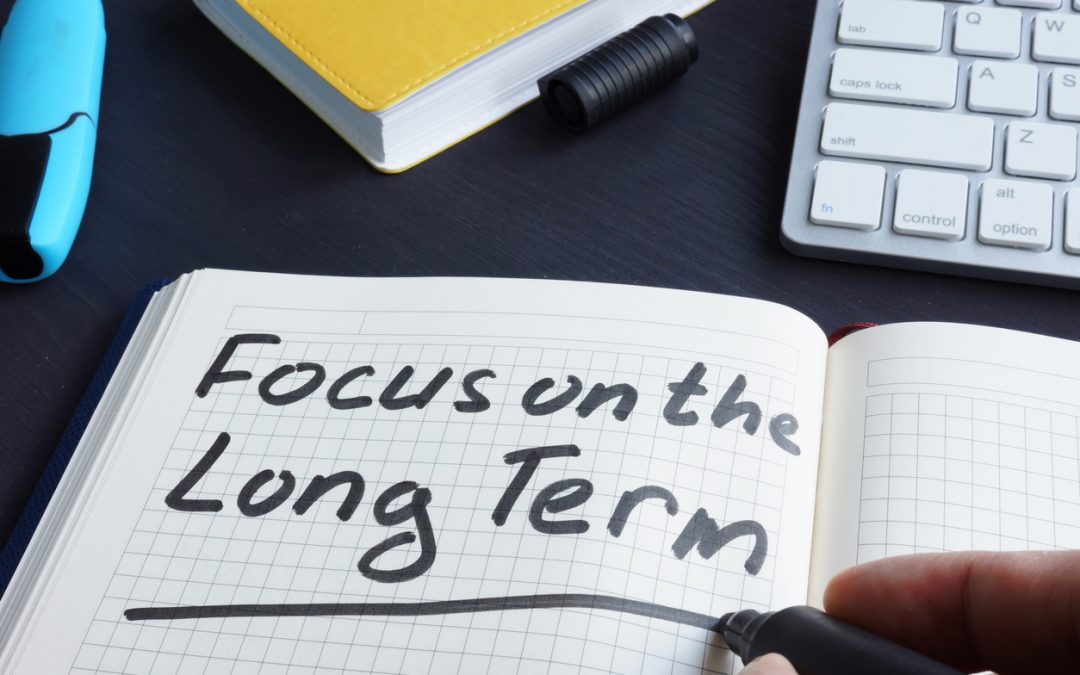Do you have a 401(k) plan with a former employer and worry about how to manage those retirement funds since you left? You have a few good options.
“There are a couple of questions you want to ask yourself,” says Susan Elser, a Certified Financial Planner and owner of Elser Financial Planning in Indianapolis. “Was it a larger employer? And was it a low-cost 401(k) plan with investment options that you felt comfortable with?
“If so, leaving it alone is a perfectly acceptable option.”
Make sure it’s an investment that’s appropriate for your current risk tolerance, she says, and that you adjust the plan to grow more conservatively as you get closer to retirement.
You retain access to the account through a plan administrator, and you can also manage it yourself by logging in and rebalancing it periodically.
But that’s not the only option.
“If you are moving to a new employer that is also a large employer with an equally attractive 401(k), rolling it over to the new employer also makes perfect sense, and it’s simple to do,” Elser says.
Downsizing affected more workers eight to 10 years ago, but Elser says she’s seeing more clients today who choose to retire a little early or become a consultant instead of an employee, which she attributes to a good economy and bull stock market.
So, if you decide to pursue self-employment and open your own business, know that it’s not difficult to save for retirement with a little self-discipline. Consider these financial planning tips to help guide you:
Best self-employment retirement plans
Some self-employed business owners opt for the Self-Employed 401(k) plan, but Elser says it can be more complex than opening a SEP, or Simplified Employee Pension account.
“If you are self-employed, SEP is the easiest account to open. You can sink 20 to 25 percent of your self-income into it,” Elser says. “It’s far more likely for an individual to open a SEP account; then once they hire employees, they switch to a simple IRA.
“There are hardly any fees with a SEP IRA, just have your accountant figure out how much you can defer,” Elser says. “There are no annual fees with a simple IRA, at least with Schwab. They are both very low-cost with no real hurdle.”
Planning for retirement: The bigger question
Do you want to defer taxation on your money until later in life? That’s the bigger question people need to answer when planning for retirement, according to Elser.
“So many people automatically think saving [without paying] taxes today is the best idea, but that’s not always the case,” she says. “With a $22-trillion federal debt, you just have to ask yourself, ‘Is it likely the tax rates are going to go up in the future?’”
When you put money into a SEP or traditional 401(k) plan, all state and federal taxes get deferred until you withdraw the money later for retirement. “If I am in one of the lower brackets, say 12, 22 or 24 percent,” Elser says, “you just have to wonder, ‘Am I going to end up pulling it out at just as high of a rate, if not an even higher rate?’
“If it were me, I would much rather try to push money into a Roth account.”
What is a Roth account?
With Roth, the investor takes no tax deduction today, but pays no taxes when they withdraw the money later.
“If money, on average, doubles every seven to 10 years, and in 20 years it’s worth three to four times as much, that’s three to four times as much tax-free income in exchange for giving up a one-time tax deduction on that original contribution,” Elser explains.
You can fund a Roth IRA if you earn less than $193,000 a year as a married couple or $122,000 as a single person. The plan allows savings of up to $6,000 per year if under age 50, and $7,000 per year if over 50.
“You can always pull your contributions from a Roth IRA, so we really discourage people from borrowing from a 401(k). If you get laid off or quit, you have to immediately pay it back or it’s a taxable distribution subject to a 10-percent penalty if you are under age 59½,” she says.
There is an exception, though, called The Rule of 55. That allows a person between the ages of 55 and 59½ to withdraw their company 401(k) funds without paying the 10 percent penalty (although the funds are still subject to tax) when they leave the company or retire.
Spread the wealth
Elser advises her clients to build wealth by spreading their savings income into differently taxed buckets, with some money invested in a Roth, some money in a traditional 401(k), and some money in nonqualified accounts that allow access if you decide to retire early or need money for an emergency.
“I think it’s important that you picture retirement, when you want to have money that’s not all subject to tax when you spend it,” she says. “I don’t really tell people what their target allocation ought to be. It’s very personal, and it comes down to how comfortable some people are with risk.”
The bottom line
If you struggle with setting goals for retirement planning, it might be a good idea to contact a financial planner for advice and to stay on track as your job situation changes over the coming years.
“You would think everyone who hires a financial planner would be highly motivated to save for retirement, but we’ve found that’s not always the case,” Elser says.
Setting priorities can help pave the way. “The person we can help most says, ‘Financial security in retirement is my top goal. I will defer finishing the basement. I’ll postpone a great vacation. I’ll drive a car for a longer period. Tell me what I need to do to be financially secure in retirement,’” Elser says. ”Not everyone is willing to do that.”




